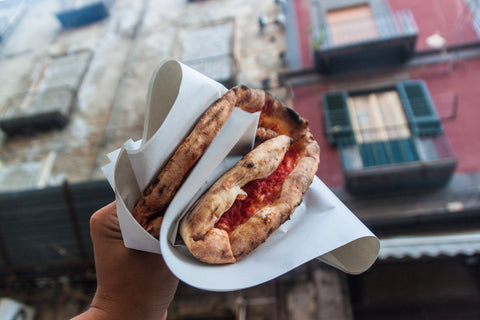While Molise is one of the smallest regions in the country, it makes up for its size with its rich history, nature, and food.
AN ITALIAN HIDDEN PEARL
Molise is a hidden treasure. It is located in central Italy next to some of the most internationally renowned regions in the peninsula, such as Lazio (which includes Rome) and Campania (which includes Naples). Italians know how beautiful and rich this land is, but not many Americans would think of Molise as a choice destination for an Italian vacation. That’s why want to teach you all about this region, its amazing landscapes, and its appetizing culinary tradition.
THE NEWEST REGION IN ITALY
Up until the sixties, Molise and Abruzzo made up a single region called Abruzzi. After splitting, each of the two began to carve out a unique — though still similar — identity. Molise offers the breathtaking views and stunning beaches of the Adriatic coast to the east, and snow-capped mountains to the north. Rich in history and culture, the region is home to some of the best ancient Roman archaeological sites in Italy. Driving along its scenic routes, stop at one of many small farms and artisanal culinary shops to taste rustic cheeses, olive oil, and meats.
CAMPOBASSO: GOAT CHEESE, CAVATELLI, AND FUSILLI
Campobasso is the capital of Molise. The beautiful, historic town rises high above the Biferno and Fortore rivers. Castello Monforte, a nearby town, is a blast from the past, too — you can’t skip it if you visit Molise! You also have to be sure to taste all the delicious eats the region has to offer, so let’s start the day with a pre-lunch aperitivo. Molise is well-known for its goat cheeses, and caprino di Montefalcone del Sannio will leave you speechless. This aged, semi-hard cheese is produced with raw milk, and can be eaten in pieces or smeared on bread. For our main course, let’s have some pasta! Both cavatelli and fusilli — shaped by hand — originated in Molise. Some of the most typical local preparations include fusilli with lamb ragù, or, in the summer, Cavatelli with tomato sauce and arugula, or with vegetables such as mushrooms or broccoli.



